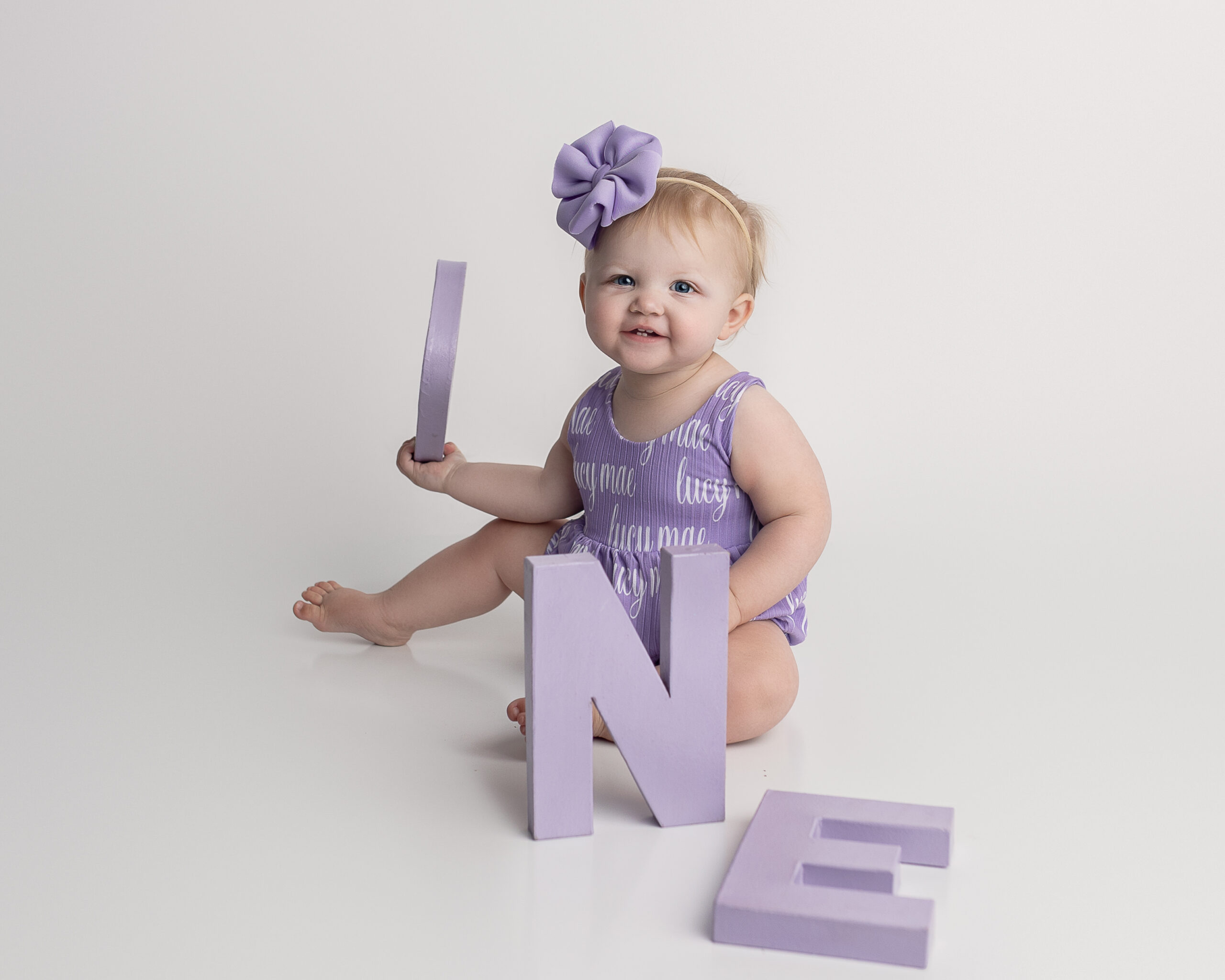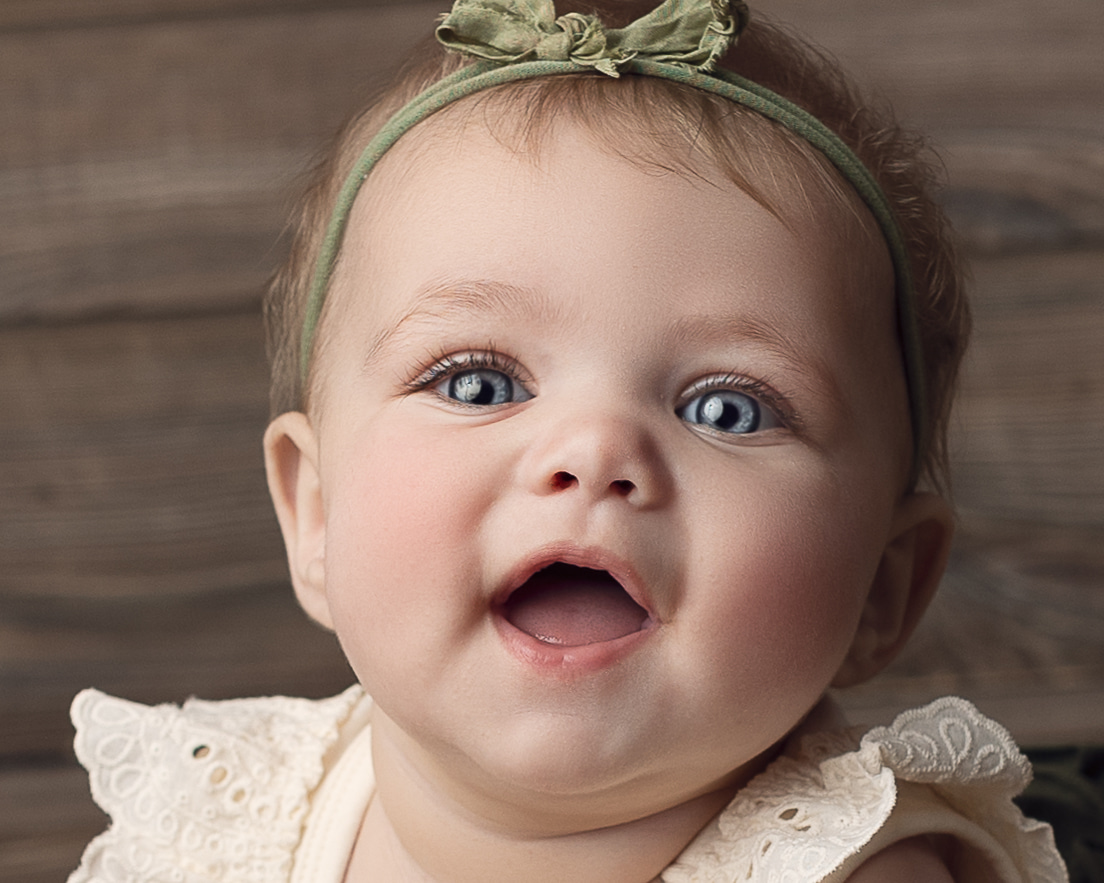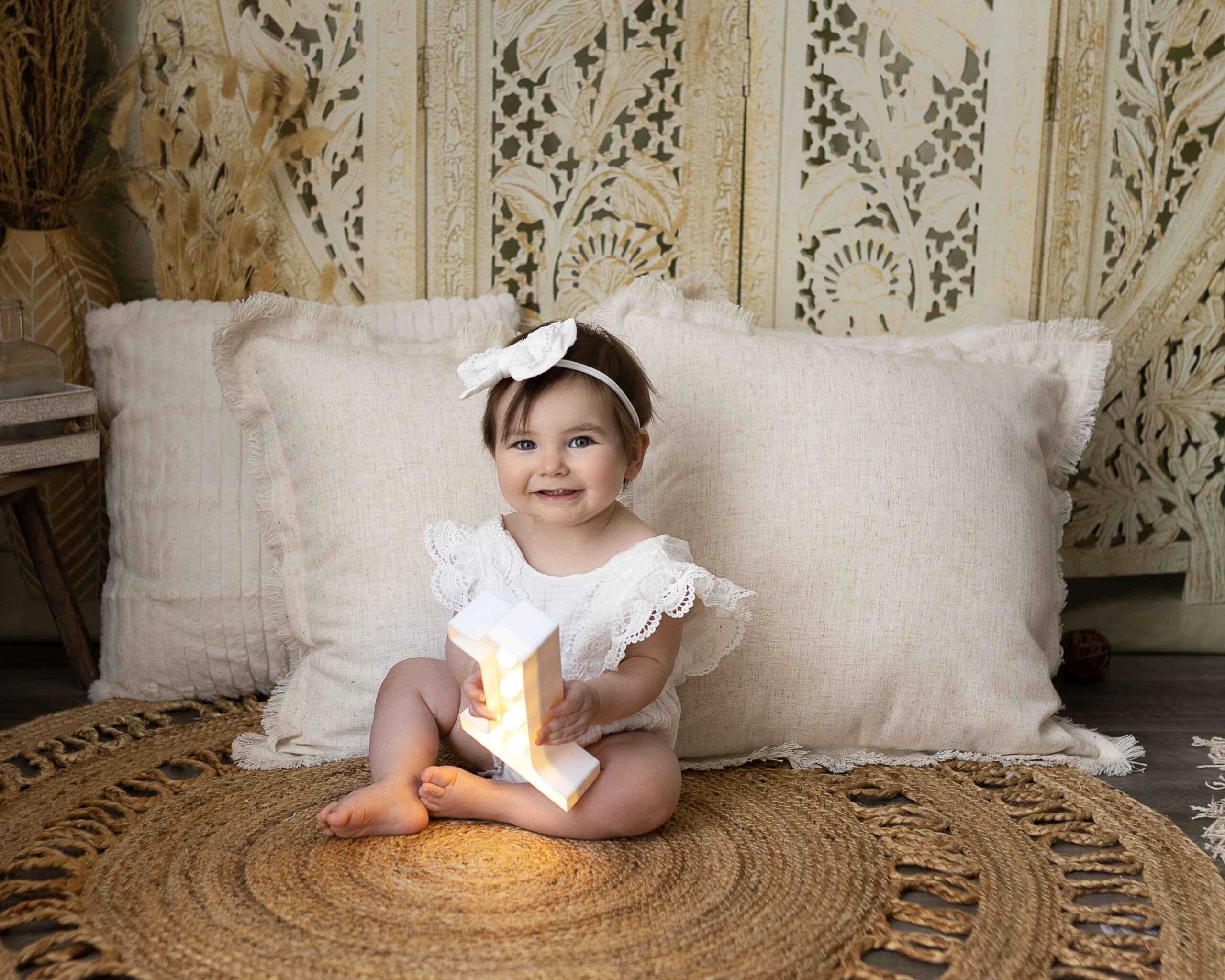Separation anxiety in toddlers is a natural and frequent part of their emotional development during infancy, toddlerhood, and preschool years. While it’s understandable for toddlers to cry and cling when you leave the room, prolonged anxiety can potentially disrupt their growth and well-being, as well as interfere with your daily routines. So, how can you effectively manage and ease separation anxiety in toddlers? Keep reading to discover practical strategies.
Understanding Separation Anxiety in Toddlers
Separation anxiety in toddlers emerges around 18 months and peaks between ages 2 to 4. It usually occurs when toddlers become distressed when separated from their primary caregivers, usually parents. Some of the symptoms can include clinginess, crying, tantrums and resistance to being left alone.
Preparation for Separation
Preparing your toddler for separation can help ease their anxiety. By following these preparation strategies, you can make transitions smoother:
- Establish a Consistent Routine
Toddlers thrive on predictability. A consistent daily routine helps them feel secure and understand what to expect throughout the day.
- Gradual Separation Practice
Start with short separations and gradually increase the time apart. This can be as simple as leaving them with a trusted caregiver while you step into another room.
- Create a Goodbye Ritual
Establishing a comforting routine when saying goodbye can reassure your toddler. This could include a special hug, kiss, or a phrase that signals your departure and eventual return.
Key Strategies to Ease Separation Anxiety in Toddlers
Implementing these strategies can help alleviate separation anxiety in toddlers:
- Provide Comfort Items
Encourage your child to bring a favorite toy, blanket, or stuffed animal when facing separation. These comfort items provide a sense of security and familiarity.
- Positive Reinforcement and Praise
Acknowledge and praise your child’s efforts when they handle separations well. Positive reinforcement reinforces their confidence and strengthens their ability to cope.
- Ensure a Familiar Environment
Whether at home or in a new setting, create a familiar environment with familiar faces and surroundings. This can ease anxiety and promote a sense of safety.
Dealing with Separation Anxiety in Different Settings
Addressing separation anxiety varies based on the setting. Try out some of the following strategies in these locations:
- At Home
Practice brief separations within the home environment, gradually increasing the duration. This helps toddlers understand that temporary separations are normal and manageable.
- Daycare or Preschool
Communicate openly with caregivers or teachers about your child’s anxiety. Establish a consistent drop-off routine and reassure your toddler that you will return.
- Social Settings
During playdates or family gatherings, stay nearby initially and gradually increase the distance. Engage your child in activities they enjoy to distract them from anxiety.
Final Thoughts
Understanding and addressing separation anxiety in toddlers requires patience, consistency, and empathy. By implementing these strategies and providing emotional support, you can help your toddler navigate this developmental phase with confidence and resilience. Persistent and extreme reactions to separation may indicate a more serious anxiety disorder. If anxiety significantly interferes with daily activities, it may be the right time to consult with a pediatrician or child psychologist for professional guidance and support.
Preserve your child’s precious moments with a professional milestone photoshoot! Contact me now to book your photoshoot and create lasting memories.
Additional Resources





